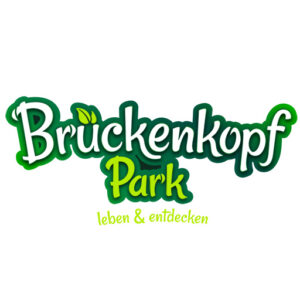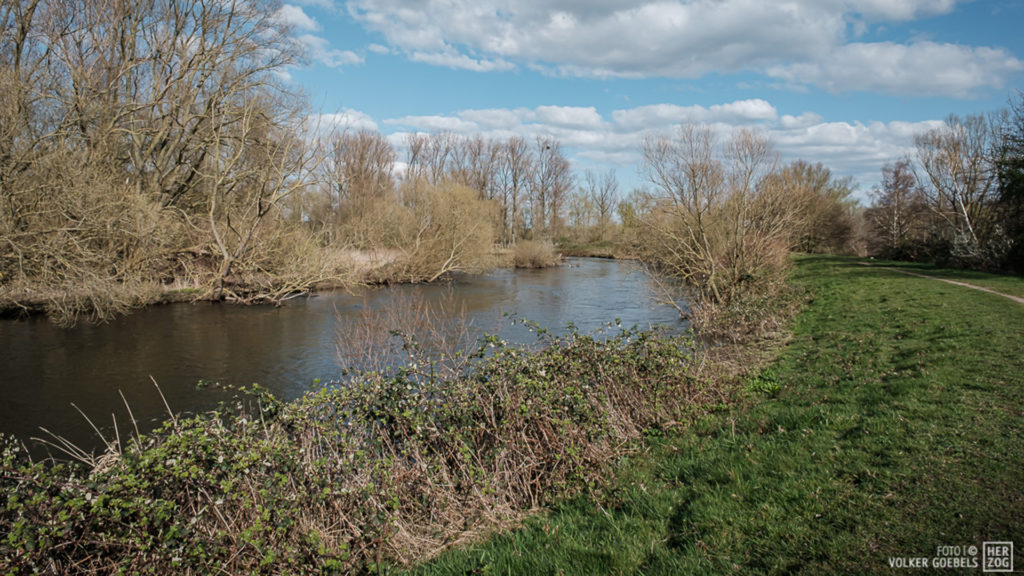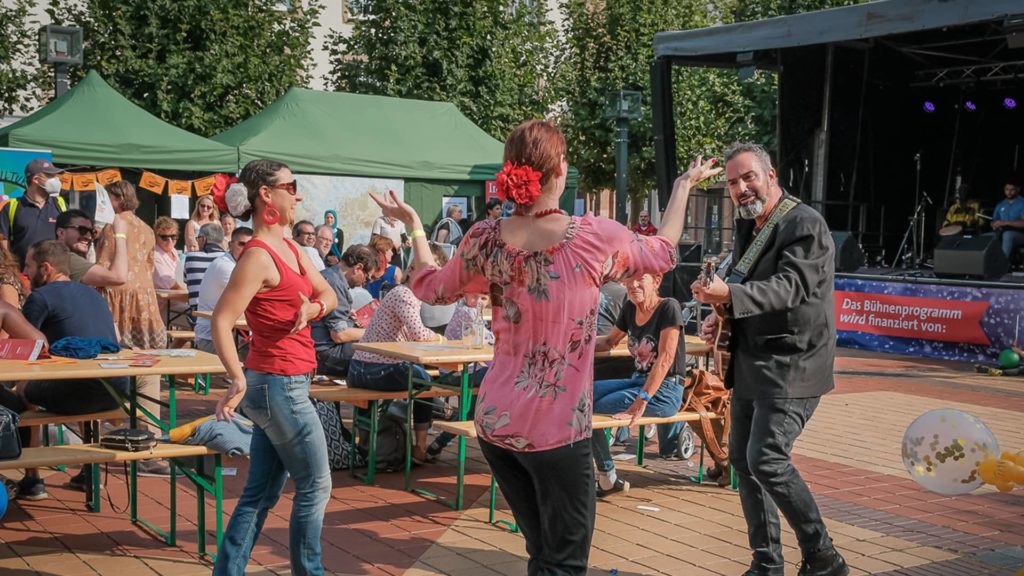The citadel of Jülich, built by Alessandro Pasqualini, has been the heart of the city for over 450 years. It provided jobs and served as a point of attraction for both aesthetic and military reasons. Despite its military weaknesses, the citadel has retained the charm of an imposing structure. The 30-year construction period—groundbreaking took place on April 30, 1549—did not account for advancements in weaponry, and thus the fortress fell during its first attack, a tragic fate. Thirty stonemasons worked alongside 50 masons and blacksmiths, as well as 560 laborers, daily on this monumental project. Pasqualini designed the overall layout of the fortress and the city, incorporating sightlines, wide streets, and visual guidelines for the façades of the buildings.
On November 16, 1944, after a bombing raid, only one percent of Jülich’s building fabric remained. Today, the eastern wing of the citadel, along with the castle chapel, has survived. These are part of the gymnasium that was constructed in place of the castle in the style of the 1970s.
The fortress stands as a monument, serving not only as a building but also as a memory of the city in the form of a historical museum in the castle cellar. The excavated moats with their counterscarps, originally designed to hinder the enemy’s entry into the fortress, are now popular walking paths.
















